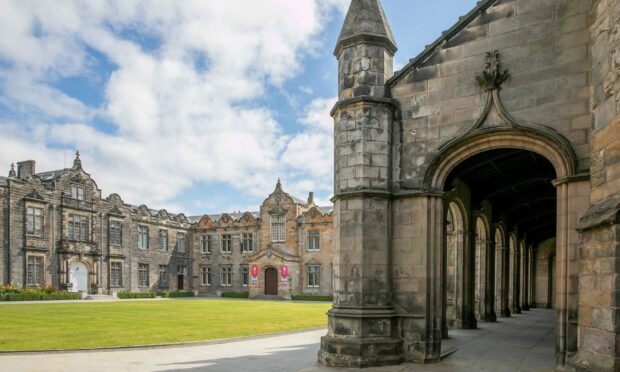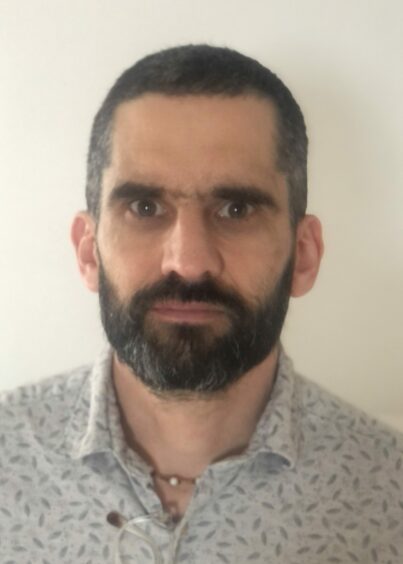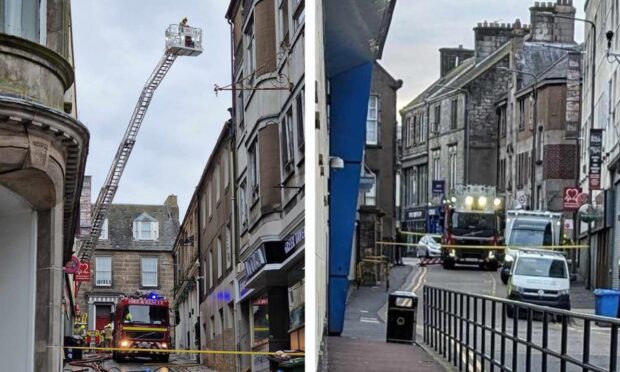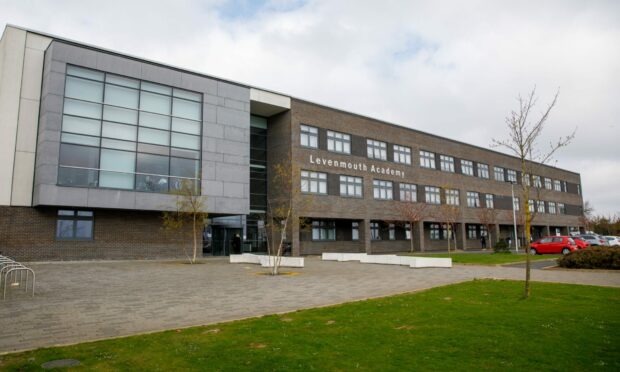Scientists at St Andrews University have developed a new TB drug with the potential to save millions of lives worldwide.
Clinical trials found the new combination of antibiotics can kill tuberculosis faster than traditional treatments.
And it could shorten treatment by up to two months.
Tuberculosis is a bacterial infection which affects the lungs, with some sufferers coughing up blood.
It is spread by inhaling droplets from the coughs or sneezes of an infected person.
While it can usually be cured with several months of treatment, some forms of the infection are resistant to drugs.
But the St Andrews team says the results of a global trial are exciting and could pave the way for better treatment for all TB patients.
New treatment can kill all types of TB bacteria
Around ten million people were infected with tuberculosis last year and 1.6 million died.
The new drug is one of the first new treatments to emerge in the last 50 years.
The St Andrews team worked on the clinical trial with scientists across the world, including the not-for-profit TB Alliance.
It involved 455 people at 26 sites across eight countries, including South Africa, Russia and Brazil.
However, around 10% of patients dropped out due to side effects.
The team is not disheartened though.
Dr Derek Sloan, senior lecturer in St Andrews University’s school of medicine, said: “The trial suggests that new antibiotic treatment combinations can kill all types of TB bacteria faster than traditional approaches, which is exciting.
“However, as we find new options to improve TB treatment, we still ned to work out which therapies are most suitable for each individual patient.”
Results to be unveiled at international conference
Professor Stephen Gillespie, leader of the St Andrews infection group, added: “This study shows the value of St Andrews world-leading partnership working with international collaborators and the TB Alliance.
“Together we have a sustained commitment to develop new and better treatments for tuberculosis which remains a threat to human health globally.”
The results of the trial will be unveiled at an international conference on retroviruses in Seattle on Monday night.
It brings together some of the world’s most respected infectious disease professionals to discuss infections such as TB and Covid-19.












